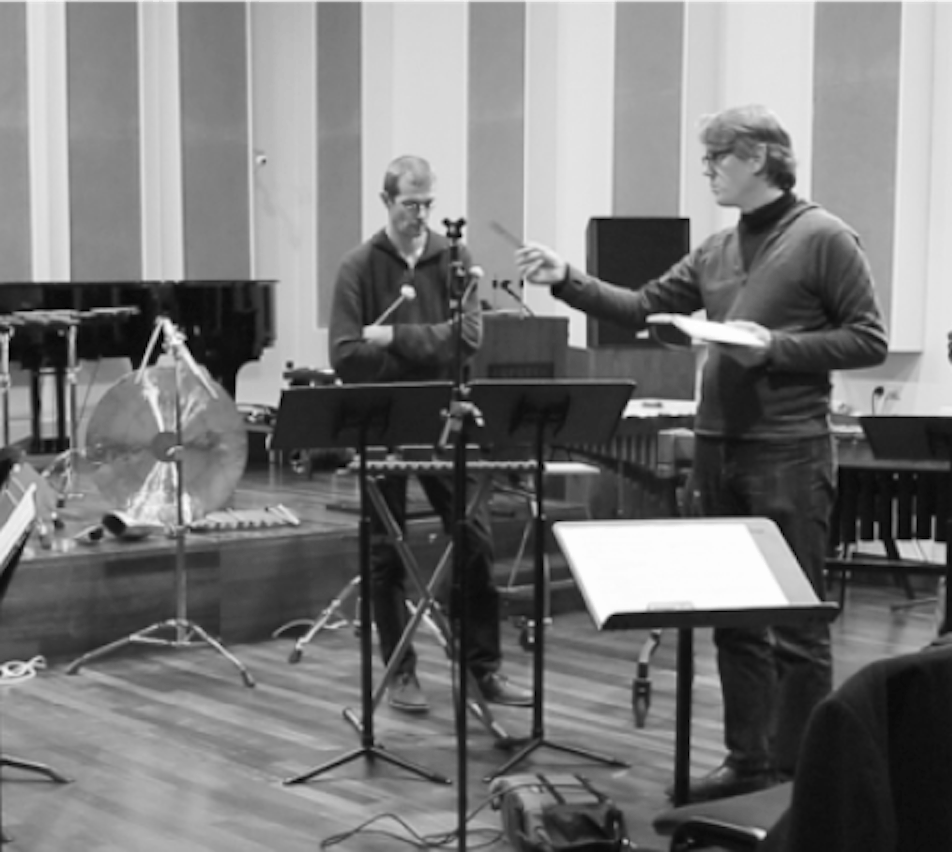Inheriting Western art music values from the 19th century, modern concert halls have promoted a culture of contemplating music in silence (Small 1998). This is in stark contrast to the performing and listening practices of the 18th and early 19th century, when musical events were far more interactive and left room for spontaneous reactions and social contact among all the partakers. This kind of musical sociability was particularly present in the salons (Weber 1997; Melton 2001; Klorman 2019; Cypess 2022) in which music tended to be tailored to the performance ritual (Haynes/Burgess 2016; LeGuin 2007). While historically informed performance practices (HIP) evoke new ways of thinking about music, HIP musicians perform in largely anachronistic environments, accepting the modern concert hall protocol.
Within the emerging field of reenactment studies, which in its different forms and genres focuses on the (empirical) investigation of a specific historical culture or the historical consciousness, current performative strategies related to experimental theatre and performance art are strongly embraced. The 'performative turn',' i.e., the shift from the role of spectator not only to that of participant but also of co-player, is the prerequisite for experiencing community among all the partakers. In this respect, there is a strong inclination to role reversal and to the blurring of boundaries between art and non-art, real life and representation, the aesthetic and the political, etc. (McKenzie 2001; Fischer-Lichte 2009; Dolan 2010; Schechner 2013, Carlson 2018). While putting myself in multiple roles, equivalent to those of a salonnière (music curator, performer, producer) in order to reenact salon performances of the past within an experimental framework, I am using the cultural life of Dubrovnik, Croatia, as groundwork for my research. Armed with a substantial amount of extant materials and sources from archives, museums and libraries (musical scores, instruments, correspondence, treatises, and literary sources), I will trace the works that Dubrovnik salonnières of the past were performing, the instruments they could have used, the spaces where salon gatherings took place and these women’s relation to the local and European cultural circles of the time. Furthermore, Dubrovnik’s preserved architecture has already given rise to characteristic site-specific performative concepts during the past seventy years and continues to evoke manifold possibilities. Experiments with materials (assembling repertoires with crossing-over between modern and period instruments and multimedia) and environments (the use of historical venues as performance spaces and the engagement of audiences as co-players) will open up a dialogue between present and past in order to answer the following questions: How can we reenact (lost) historical practices in order to re-contextualize our established rituals of performing and listening? What are the possible roles of a 21st-century salonnière? How can she establish a new dynamism within the performance?
Organizing salon gatherings for the purpose of this research will take on two directions; one is open to the public as artistic reenacted performances; the other consists of workshops targeted to specific groups of audiences and focused on selected topics.

